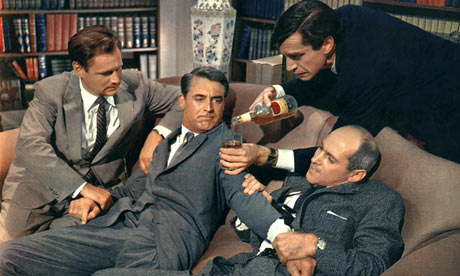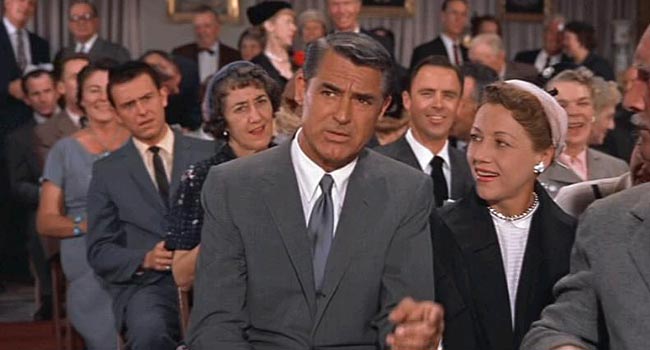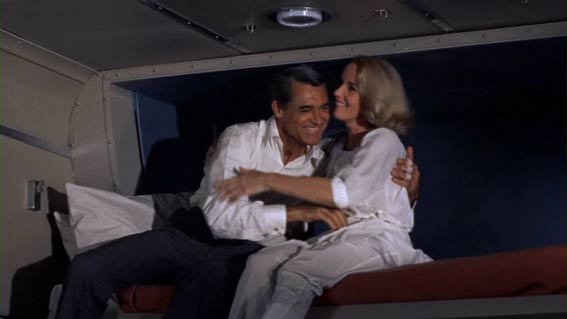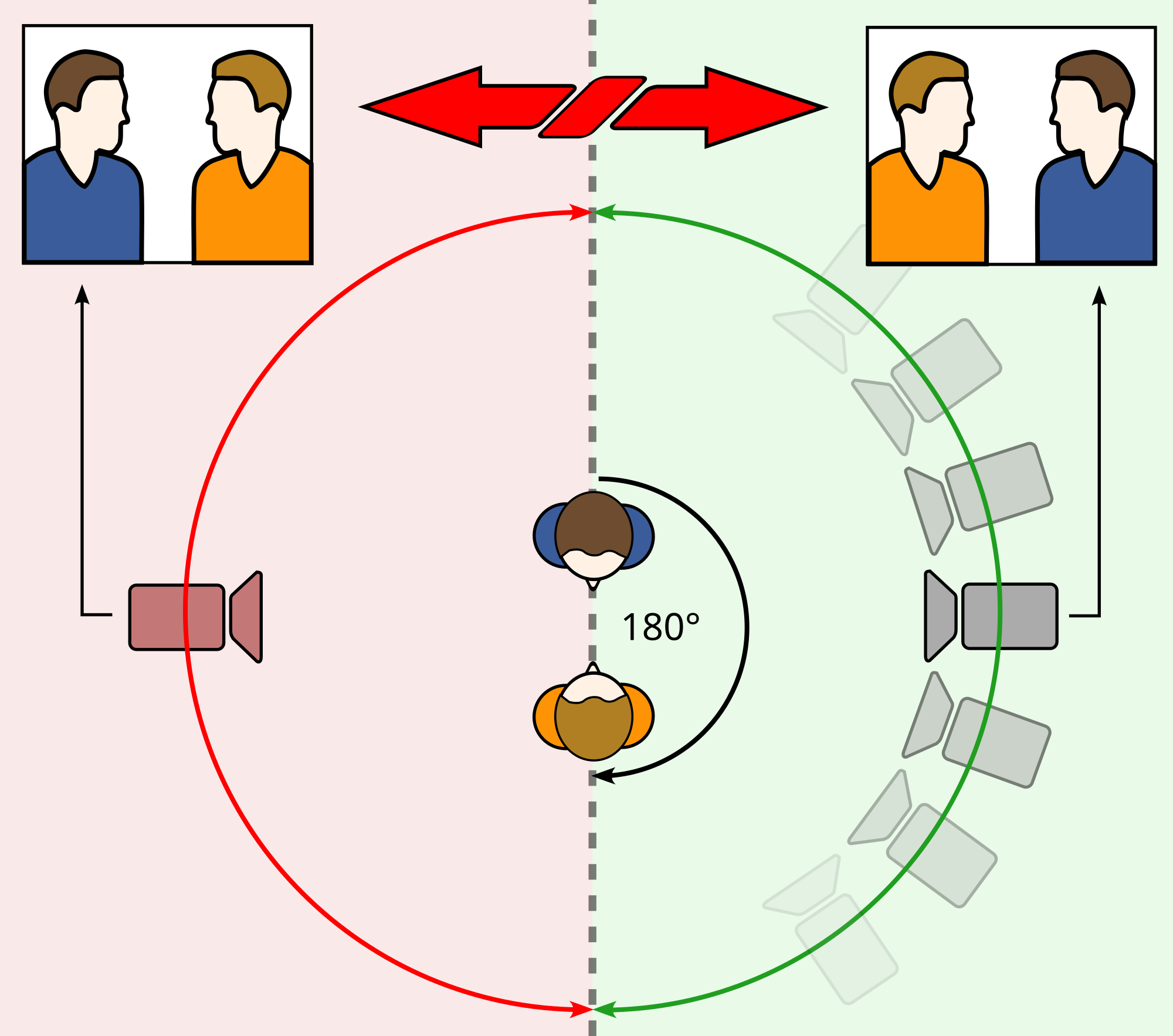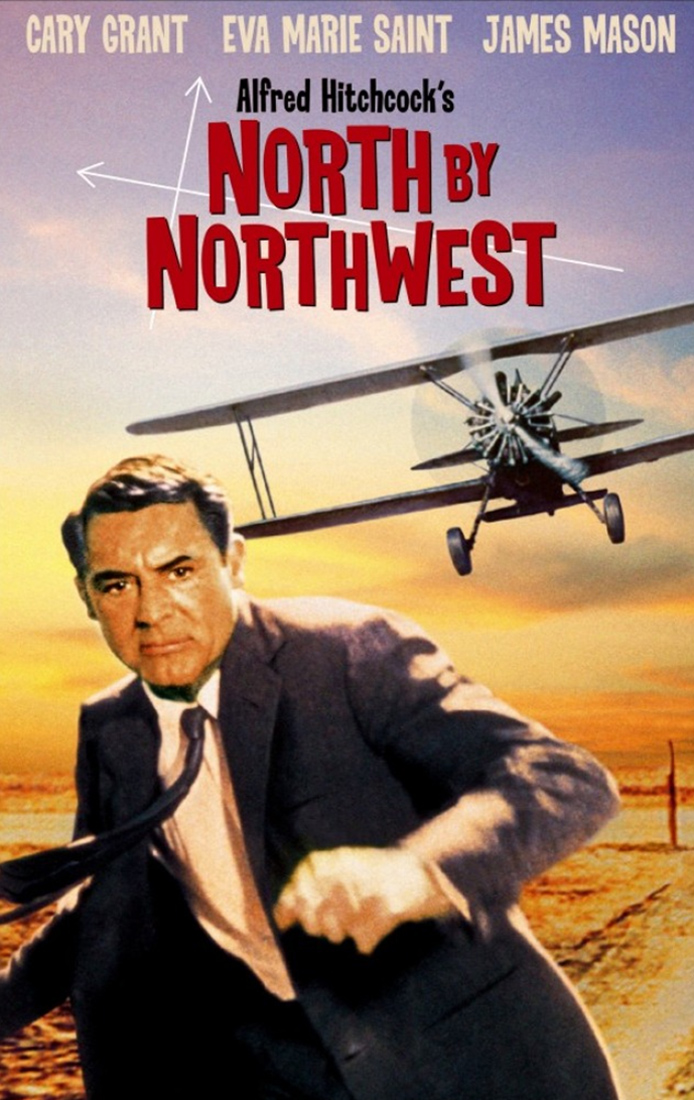
North By Northwest (1959) is an acclaimed thriller from director Alfred Hitchcock written by Ernest Lehman. The film shows the hectic life of Roger Thornhill (Cary Grant) when his identity gets mistaken for a stranger. Thus begins the wild cat and mouse chase between Thornhill and his new found nemesis' Philip Vandamm played by James Mason; . He then bumps into a mysterious women by the name of Eve Kendall (Eva Marie Saint) who assists him on his quest to find the man whom he is mistaken for.
North By Northwest is an example of the portrayal of a thriller. As said by Hitchcock " A thriller is a villain driven plot, whereby he presents obstacles the hero must overcome." It's fast pace with frequent action and includes many cliffhangers. Every scene Hitchcok filmed was heavily planned visually in advance. He even learned the script to his film. This movie fits into many of the thriller sub genres. like mystery, drama and action. The combination of romance, violence and a constant speculation on who this mysterious George Kaplan is, who Roger Thornhill is mistaken for. This create a thrill ride for the audience, because all aspects are fused into one film. It also includes frequent thriller devices such as:
Red Herring - In this scene the audience is lead to believe that Eve Kendall had shot Roger Thornhill. However, the whole dramatic act was fake. As Eve pretends to fire a shot at Roger, and he falls down; which misleads the audience causing confusion.
Cliffhanger - At the end of the movie, the suspenseful chase between the heroes and the villain concludes as Eve is hanging off Mount Rushmore. The audience is tense as they do not know whether she will fall or not or if Roger will will reach his hand far enough to save her.
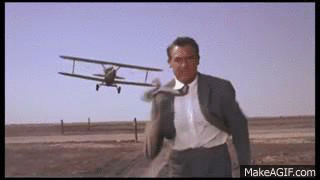
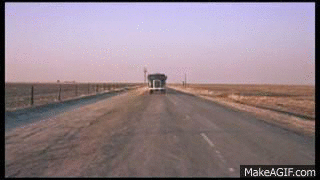 Suspense - The crop scene contains the most tension and action. Roger is chased down by a malicious crop duster trying to kill him. He then seeks help from an incoming lorry which looks like is going to run him over. This heightens the viewers anxiety, because of the unknown conclusion.
Suspense - The crop scene contains the most tension and action. Roger is chased down by a malicious crop duster trying to kill him. He then seeks help from an incoming lorry which looks like is going to run him over. This heightens the viewers anxiety, because of the unknown conclusion. 1). Equilibrium
Moreover, as other movies this fits into Todorov's Narrative Theory also, as following:
The state of equilibrium being Roger carrying out his daily errands his assistant.
2). Disruption
Then the disruption occurs when Roger Thornhill's schedule doesn't occur as expected. When two men stop him while one of them one s a gun to his chest threatening to kill him unless Roger follows them.
Then the disruption occurs when Roger Thornhill's schedule doesn't occur as expected. When two men stop him while one of them one s a gun to his chest threatening to kill him unless Roger follows them.
3). Recognition
Roger recognizes that the disruption has occurred, once he realizes that they think he is George Kaplan and Roger knows this is a mistake. He is taken to a mysterious house where the villains force him to get drunk.
4). Reparation
Afterwards, Roger goes on a quest to find George Kaplan. He tries to get the villainous Vandamm captured and arrested by the police.
5). Return to Equilibrium
Roger starts a new life with Eve after he beats Vandamm.





